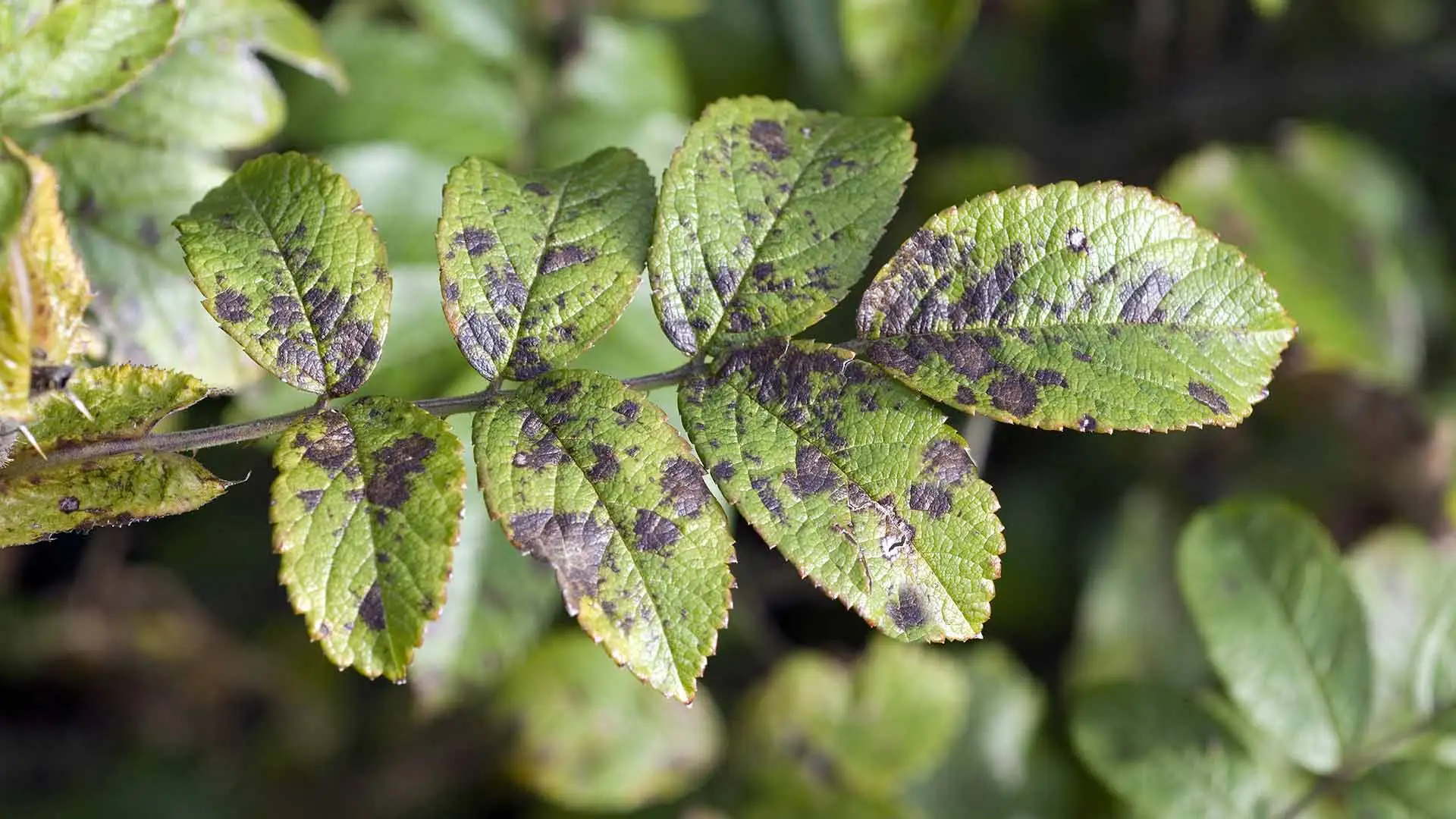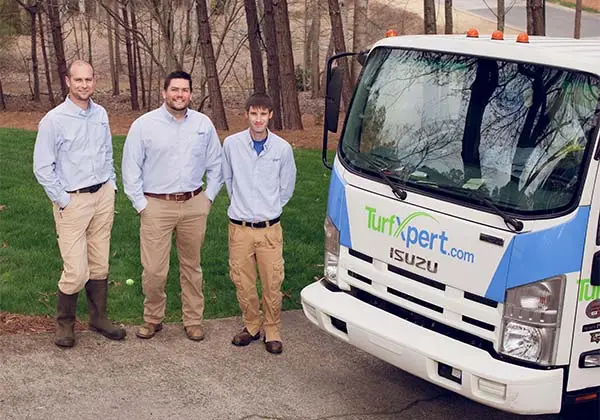Trees are among the hardiest and longest living things on Earth. Many of the maple, hickory, oak, and pine trees that dominate the Woodstock, Georgia landscape have remained standing for more than a hundred years. However, punishing weather, pests, and disease can mortally damage a beloved tree that’s been providing your yard with shade for decades.
Signs of a dying tree can include peeling, brittle bark, verticle cracks in the trunk, and bare branches with no leaves or buds. Once you notice these signs, you have to make a difficult decision on whether to try and save it or to remove it. No one wants to lose a tree, but keeping a dying tree can result in property damage and safety risks. So how do you know which option is best? Read on below to find out!
Tell-tale Signs of a Dying Tree
The first step in trying to save a tree is to recognize the signs that it is dying. If you don't know what the problem is, you won't be able to solve it! Signs of a dying tree include:
- Peeling, brittle bark
- Vertical cracks or other deep damage in the trunk
- Bare branches with no leaves or buds
- Colonies of mushrooms or other fungus growing at the base
- Pest infestations
- The tree leans more than 15%
- The bark doesn't grow back after shedding
A good way to check if your tree is still alive is to scratch a part of a branch or a twig. Use a knife to expose the layer beneath the bark. If it’s moist and green, the tree is still alive. If it’s brown and dry, the tree is either dead or dying.
Is Saving Your Dying Tree Even Worth It?
By now you probably have a pretty good idea of the level of tree disease or sickness that you are dealing with. If it is possible to save your tree and nurse it back to health, you absolutely should. In many cases, you can save a dying tree with expert care. In fact, trees that have fewer than 25% of impacted branches have a good chance at survival.
Not only do trees help our environment by cleaning our air and giving us oxygen, but they are also good to keep on your property for other reasons as well. Some of which include:
- Shade and heat blockage from your yard and home
- Buffered noise
- Soil erosion prevention
With that being said, though, it is important to be aware of when it is too late to save your tree and when it can actually be dangerous to not remove it. In general, if more than 50% of a tree is dead, you should have it removed. A diseased tree can spread its sickness to your nearby, healthy vegetation, leaving you with an even bigger problem than you began with. Not only can the disease spread, but a weak, sick tree can also pose a threat to the safety of you and your family. Storms might easily knock branches off, causing a personal and/or property safety hazard.
Are you dealing with a sick tree? Let us help you decide what to do next.
At TurfXpert, we're committed to preserving trees all across Woodstock, GA and surrounding areas. Our crew has extensive experience in tree care; We are licensed and ready to help you decide what the next best move is for the health of your sick tree and the safety of you and your family.
We have served Woodstock, Roswell, Alpharetta and their surrounding cities since 2007, monitoring the health of your neighbors' trees, plants, and shrubs year-round. We'll establish a regular care schedule to ensure your landscaping stays in top condition. Request a quote online or call us at (833) 444-8873 to speak with one of our team members.




Comments (0)
Thanks for your comment!
Thanks for your feedback! Your comments have been successfully submitted! Please note, all comments require admin approval prior to display.
Error submitting comment!
There is a problem with your comment, please see below and try again.